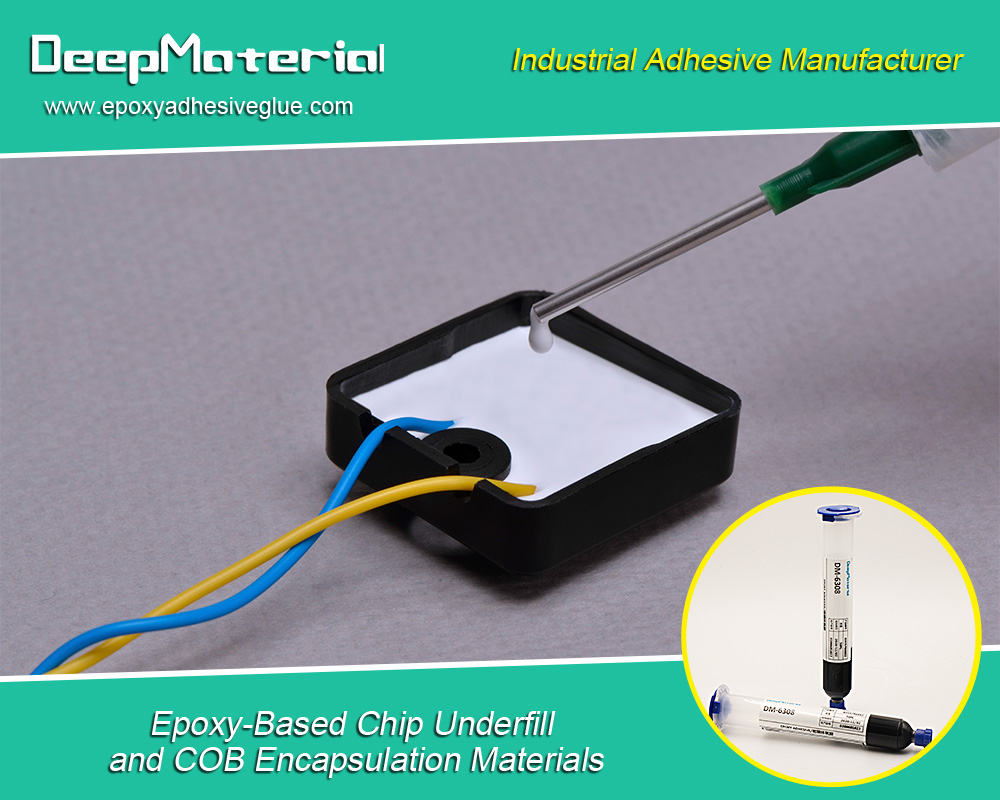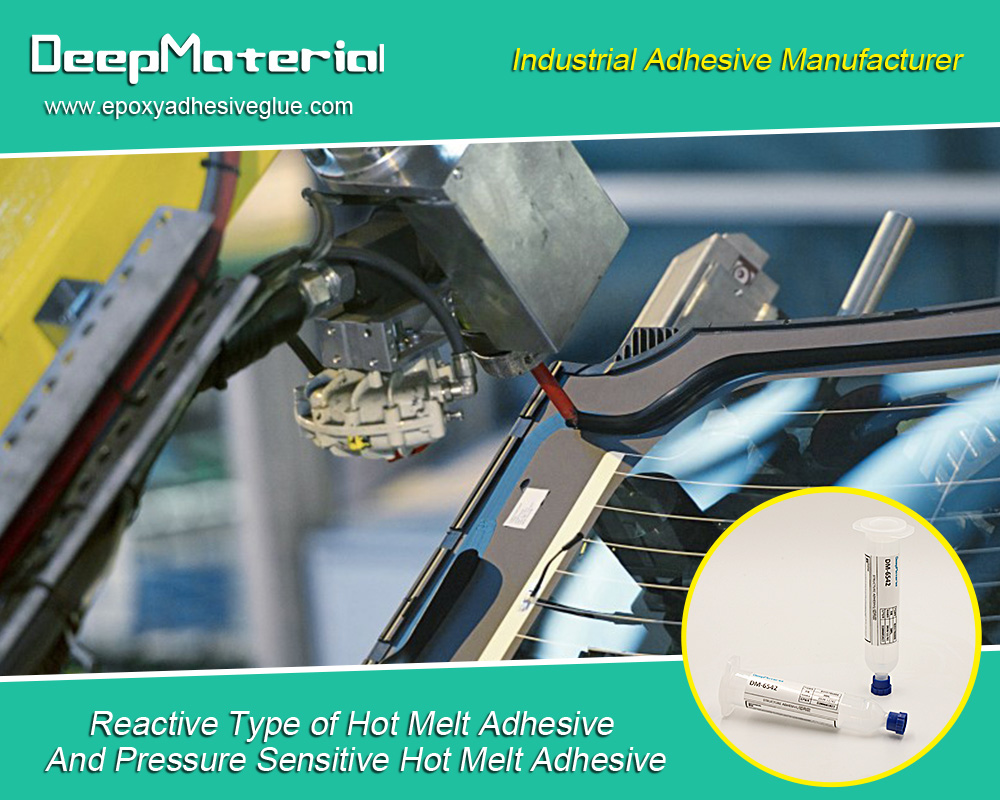What You Need To Know About UV Curing Optical Adhesives
What You Need To Know About UV Curing Optical Adhesives
The first material to be used as optical adhesive was distilled sap from the balsam tree. It was referred to as Canada Balsam, and whereas it has high optical qualities, it lacked solvent and thermal resistance. Better materials would later supersede it as a result. Optic applications require superior performance and production; hence, most engineers often turn to UV-curing adhesives.
During optical assembly, it is paramount for components to bond together to function effectively. An adhesive that offers a strong bond is just as necessary for prism and lens bonding, fiber optic assembly, and fixing and positioning optical elements. Adhesives come in varying strengths and limitations; hence it can be challenging for most people to determine which materials are most suited for the bonding tasks at hand. Whereas refractive index and optical transmission are the primary considerations when looking at UV curing optical adhesives, careful consideration must be taken in weighing the material properties according to the application requirements. Some of the other things that ought to be considered include:

Adhesive properties
During curing, most adhesives tend to shrink, and this can result in stress to some parts. Where there is stress, then alignment and focus issues are inevitable during the processing. It is, therefore, important for engineers to settle on materials with low shrinkage to mitigate the issues. Epoxy adhesives, for instance, can have up to 5% shrinkage. However, there are special optical adhesives that have as low as 0.4% of shrinkage and still manage to maintain the needed optical clarity.
As for the integrity of the structure and its performance, considering the modulus and hardness of the adhesive material is also very important. Outgassing should also be looked into because some volatilities can give rise to quality issues.
Handling and curing
These two are also very important considerations when looking for the best UV curing optical adhesives. The curing method and how it affects the complexity and speed of the project should be considered. UV adhesive only takes a few seconds to cure, which is beneficial in situations where there is a need for speedy production. However, different materials take different times to cure. For instance, two-part epoxies require a longer time to cure compared with silicone adhesives. Whereas heat can accelerate the process, it is important to remember that thermal excursion could induce stress to some parts during or after curing.
Viscosity also matters according to application. In some applications, the adhesive is only required to fill a specific gap or bridge it, whereas, in others, it might be required to fill the entire surface. Mixing and degassing can be a tedious process, especially for two-part systems; hence special equipment may be necessary to use.
Acrylate adhesives that are UV-curable are popular in optics applications because they are easy to use. They also offer a cure time that is rapid and suitable for most application demands. The options are, however, numerous in the market, and when you know what your application needs are, you will have an easy time selecting the best UV-curable optical adhesives. DeepMaterial manufactures top-quality adhesives to match all types of demands. Let the adhesive experts at DeepMaterial guide you to the most suitable adhesive for your application.

For more about what you need to know about uv curing optical adhesives,you can pay a visit to DeepMaterial at https://www.epoxyadhesiveglue.com/uv-curing-uv-adhesive/ for more info.











